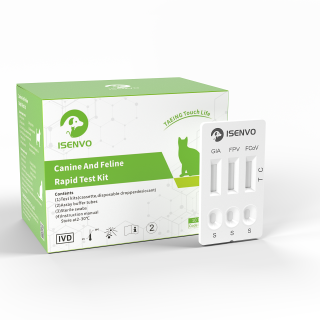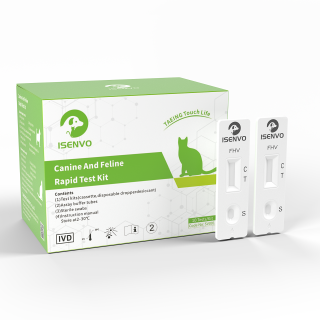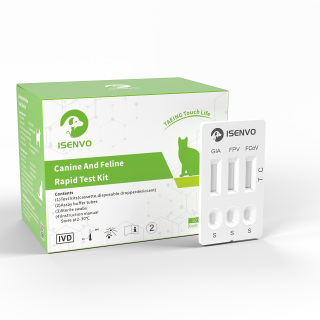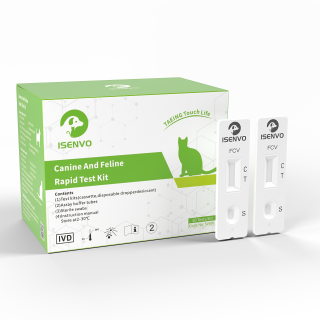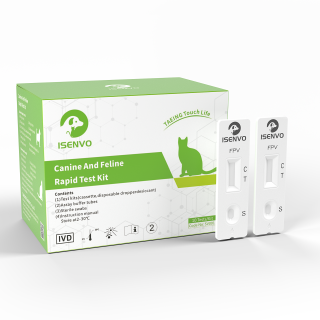Progesterone testing plays a vital role in dog breeding. Progesterone is a key hormone that not only affects the physiological state of dogs, but is also directly related to the success rate of breeding.

1. So what is progesterone?
Progesterone, commonly known as progesterone, is an essential hormone to maintain pregnancy in female animals. It has a significant impact on the morphology of the endometrium and is currently one of the most accurate methods for determining the ovulation time of female dogs.
Through scientific progesterone testing, dog owners can more accurately grasp the ovulation time of their female dogs and choose the best breeding time. This not only improves the chances of conception but also ensures the healthy development of the fetus. Monitoring progesterone levels can help determine the female dog’s menstrual cycle, allowing breeders to develop a more reasonable breeding plan. By understanding changes in progesterone levels, breeders can better manage the health of their bitches to ensure they are in optimal condition for breeding. In addition, timely detection of progesterone deficiency can allow intervention under the guidance of a veterinarian, thereby reducing the risk of miscarriage and fetal maldevelopment.
2. So when should you start testing progesterone?
The best time to test canine progesterone is usually late in the female dog’s estrous cycle. Specifically, the following stages are important detection opportunities:
1. From the 5th to the 7th day after the onset of estrus: This is usually the beginning of ovulation. The progesterone level can be detected to determine the accurate time of ovulation.
2. Before and after ovulation: If the progesterone level is detected for the first time and it is found that the value gradually increases, it is usually tested again 24 to 48 hours after ovulation to confirm whether it has reached a level suitable for breeding.
3. Before breeding: After confirming that the progesterone level reaches the ideal range, you can choose to breed at the best time.
Through these tests, the female dog’s menstrual cycle can be grasped more accurately, thereby increasing the pregnancy rate.
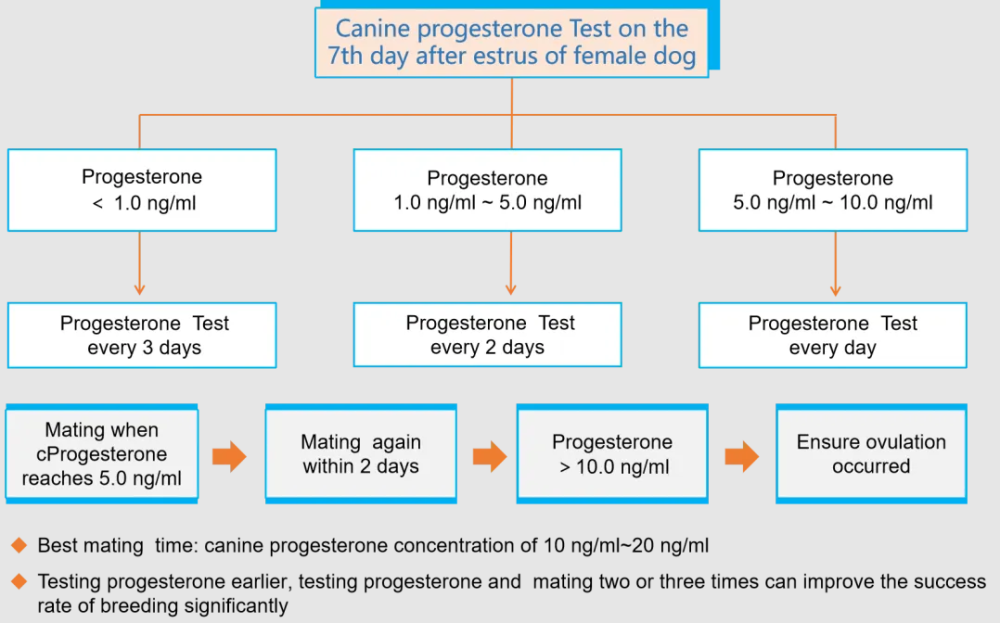
3. The date when female dogs are suitable for mating
① Generally, primiparous dogs can mate for the first time on the 11th to 13th day, and multiparous dogs can mate for the first time on the 9th to 11th day.
② For every 2 years of age or 2 litters of parity, the first mating is moved forward by 1 day. After some multiparous bitches have given birth to many litters, vaginal bleeding will stop after 5 days of estrus, and breeding may occur on the 6th or 7th day. Best time.
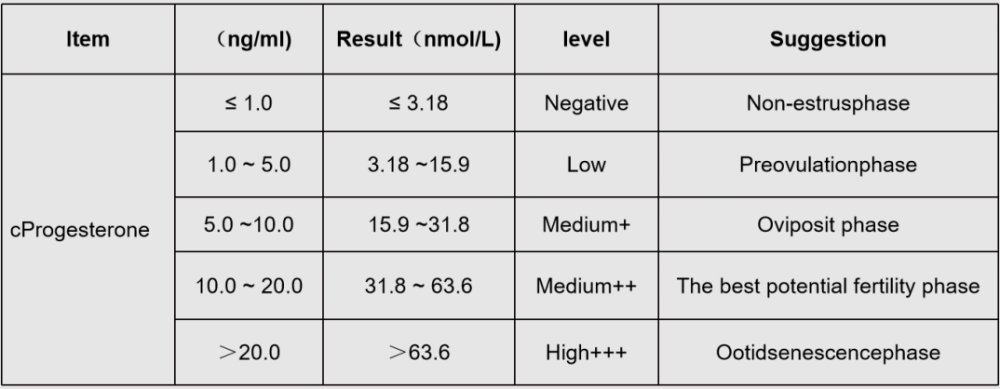
4. Is it only necessary to detect progesterone to determine the best breeding?
No, it is necessary to make a comprehensive judgment based on the degree of keratinization of vaginal epithelial cells, changes in the female dog’s vulva, and the type of dog. Increasing the number of breedings can improve the success rate.
① Vaginal smear: During the optimal breeding period, the degree of keratinization of vaginal squamous epithelial cells is greater than 80%, the keratinocytes are diamond-shaped or flake-shaped, and most of the cell nuclei disappear.
② Changes in the vulva: During the best breeding period, the female dog’s vulva is significantly less swollen and congested and begins to soften. Observe the female dog’s vagina. When the vaginal mucosa changes from dark red or red to light red or pink, the female dog’s vaginal secretions change from dark red or red to light red or pink. The initial color changes from red to straw yellow in about 2 to 3 days.
③ Different types of dogs such as Tibetan Mastiffs, German Shepherds, and Yorkies have slightly different optimal breeding times. The optimal breeding period for small and medium-sized dogs has a lower progesterone concentration than that for large dogs.
④ In order to improve the success rate, the compound breeding method is generally used, that is, breeding once every 24 hours and 2-3 times in a row to ensure that the female dog is pregnant.

5. Precautions for progesterone testing
① Lipidemia will cause low results. You can increase the centrifugation speed and extend the time (8000rpm/min, 5-10 minutes) or stir the sample several times with a clean cotton swab or suction nozzle, centrifuge again, separate the serum and retest.
② Use serum or plasma samples, and use EDTA anticoagulant for plasma samples.
③ Take 50 μl of serum or plasma sample and add progesterone sample diluent, mix thoroughly, and let stand for 1 minute. Take 100 μl and load it into the sampling hole of the test card; if you do not mix or let stand, the test result will be low.
In general, progesterone testing, as a scientific breeding management tool, can help dog owners and breeders arrange breeding plans more effectively and reduce unnecessary troubles in the breeding process. Whether you want to increase the pregnancy rate or protect the health of your female dog, progesterone testing is a trustworthy choice.

If you are troubled by the breeding problem of your dog, you may wish to use the power of progesterone testing to make the breeding process simpler and more efficient. Let us protect the healthy breeding of every dog!




